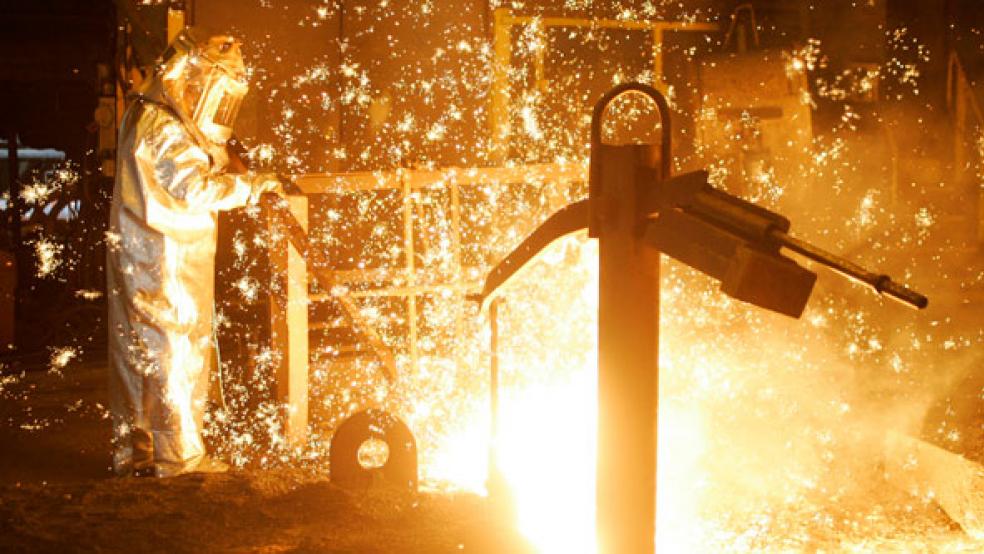The tariffs President Trump announced – including a 25 percent levy on steel imports, with some notable exemptions – are meant to protect American jobs, but analysts at the Federal Reserve Bank of New York say that jobs losses are the more likely outcome.
“The new tariffs are likely to lead to a net loss in U.S. employment, at least in the short to medium run,” the Fed researchers wrote in a blog post Thursday. “Although it is difficult to say exactly how many jobs will be affected, given the history of protecting industries with import tariffs, we can conclude that the 25 percent steel tariff is likely to cost more jobs than it saves.”
The reason is simple economics: Raising the cost of inputs such as steel will force downstream producers that consume steel to raise prices, placing downward pressure on sales and employment.
The researchers cited earlier studies that found 200,000 job losses following President George W. Bush’s imposition of 30 percent tariffs on steel imports in 2002. The tariff-related job losses exceeded the total number of jobs in the steel industry at the time.
Reports of tariff-related layoffs have already started bubbling up. Last month, a keg producer in Pennsylvania told NPR that he laid off 10 of his 30 employees due to rising steel prices. And on Thursday, the Tampa Bay Times announced that it would be laying off 50 staffers due to the rising cost of newsprint in the wake of new tariffs on imports from Canada. The Times said its newsprint costs have risen by about $3 million, or 30 percent.




